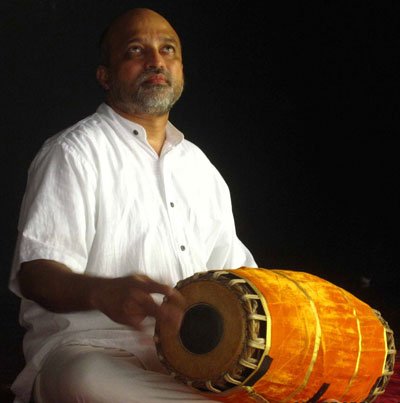
 Venugopal, in "I Want To Be In The Creative Field", 3E (1 November 2009) P.xxxii. invested Indian music, more particularly the Carnatic music of South India, with a tremendous range of nuances and aesthetic values retaining the basic religious and spiritual core.South Indian music belonged primarily to temples and gained its momentum from devotees of the Lord who often spurned royal patronage.
Venugopal, in "I Want To Be In The Creative Field", 3E (1 November 2009) P.xxxii. invested Indian music, more particularly the Carnatic music of South India, with a tremendous range of nuances and aesthetic values retaining the basic religious and spiritual core.South Indian music belonged primarily to temples and gained its momentum from devotees of the Lord who often spurned royal patronage. 
Rajagopalan, in "Another Garland (Biographical Dictionary of Carnatic Composers & Musicians) (Book II)", in Preface The Indian (later called the 'Carnatic' from the days of the work Manasollasa) and the Tamil Pann had coalesced invisibly during the middle ages and presently the South has the Carnatic music and the North has the Hindustani music - of course, both raga-based with common and distinct features. The Tamil areas in the South had from pre-historic times a well-developed, scientific, distinct style known as Pann.
Classical Carnatic music is but the continuance of ancient Indian music as it was prior to the advent of Persian influence and the attendant evolution of the Hindustani style. Career Launcher, in I Want To Be In The Creative Field, 3E (1 November 2009), p. Carnatic music is considered as one of the oldest system of music in the world. Hindustani music is indeed unique, developed in the northern region, while Carnatic music is indigenous to the south. 
Indian classical music is of two kinds viz, Hindustani and Carnatic. India has a classical music tradition that is around five thousand years old….Goovinda Dikshitar’s Sangitasudha in the middle of the 16th century.







 0 kommentar(er)
0 kommentar(er)
